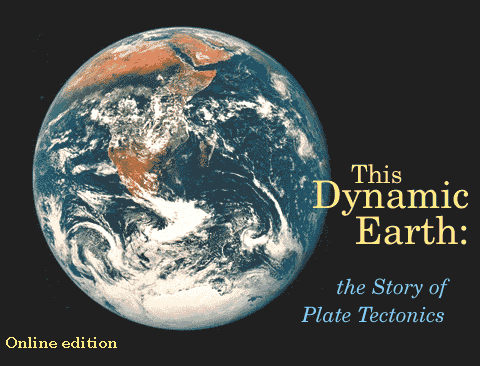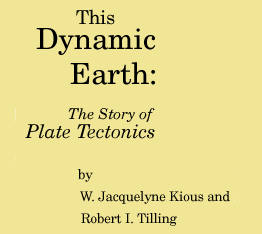
View of the planet Earth from the Apollo spacecraft. The Red Sea, which separates Saudi Arabia
from the continent of Africa, is clearly visible at the top. (Photograph courtesy of NASA.)



View of the planet Earth from the Apollo spacecraft. The Red Sea,
which separates Saudi Arabia
from the continent of Africa, is clearly visible
at the top. (Photograph courtesy of NASA.)


|

|

|

|
Preface |
Historical perspective |
Developing the theory |
Understanding plate motions |

|

|

|

|
"Hotspots": Mantle
|
Some unanswered questions |
Plate tectonics and people |
Endnotes |
The online edition contains all text from the original book in its entirety.
Some figures have been modified to enhance legibility at screen
resolutions.
Please visit the Smithsonian Institution This Dynamic Planet website. This site provides interactive mapping functions (including zoom), contains additional information not shown on the printed paper map, and includes downloadable PDF files of all map components and HTML pages.
See also This Dynamic Planet, the map showing the Earth's physiographic features, current plate movements, and locations of volcanoes, earthquakes, and impact craters.
The USGS also has created a website for teachers: This Dynamic Planet: A Teaching Companion.
Any use of trade, product, or firm names in this publication is for descriptive purposes only and does not imply endorsement by the U.S. Government.